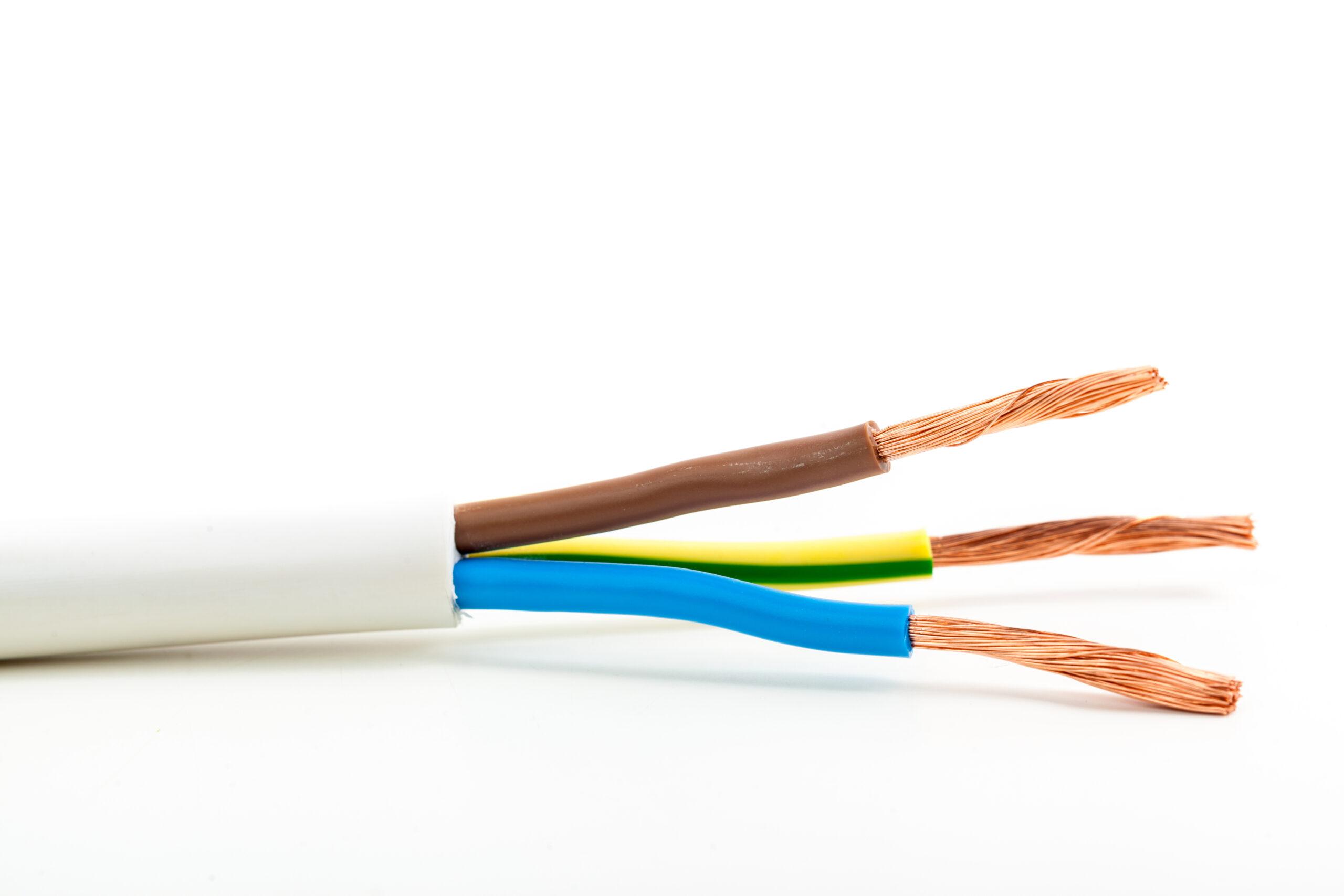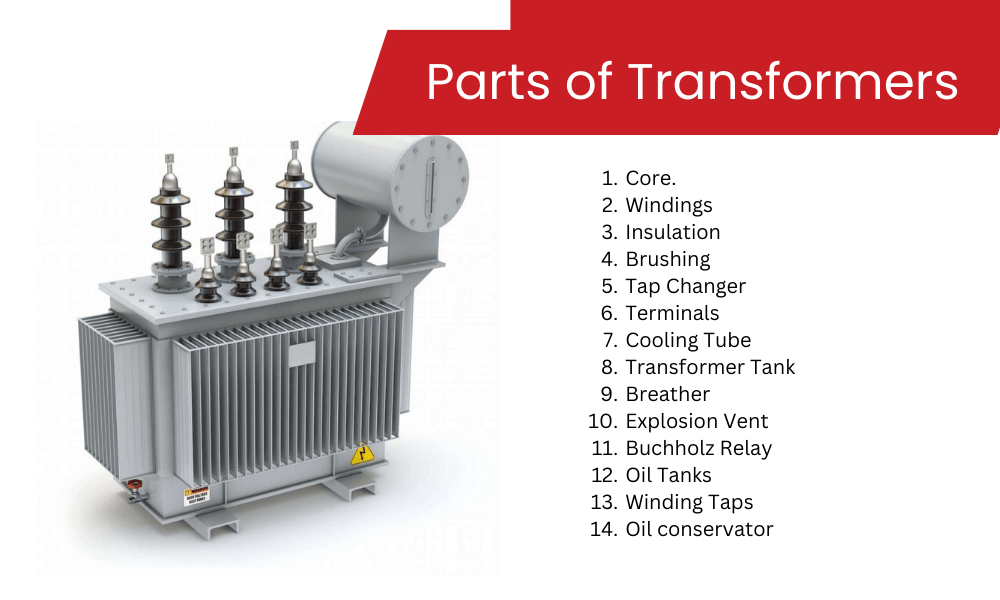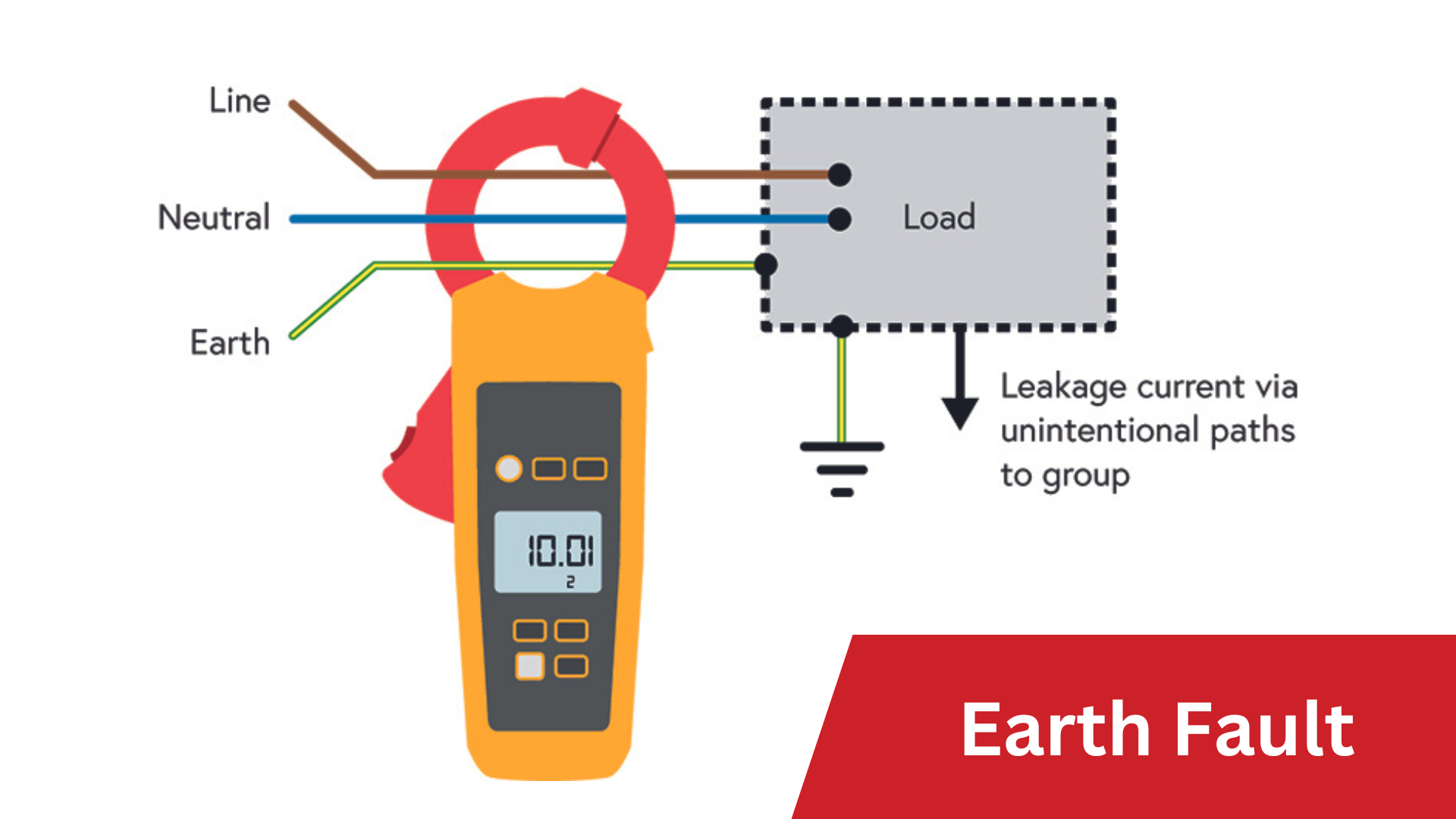Have you ever attempted to install a new light fixture only to find yourself perplexed by the different coloured wires? As you examine the wiring setup, a puzzling thought sneaks up on you. Why do certain wires require extra caution while others seem less daunting? Deciphering this secret code is essential not only for your safety but also for the success of your electrical endeavours.
Electricity, a captivating discovery attributed to visionaries like Benjamin Franklin, has profoundly reshaped the modern world. Live, Earth, and Neutral wires are essential elements of the electrical distribution system, ensuring a safe power supply fuelling homes, industries, and technological progress. Amid the remarkable inventions within this intricate field, transformers stand out as a prime testament to human innovation. These devices play a pivotal role in transmitting electricity from generators to homes, efficiently adjusting voltage levels. The high-voltage live wire connects to the primary coil of the transformer, with the transformed voltage then safely distributed to households through the neutral wire.
In this blog, you will gain a comprehensive understanding of the different wire types and the expertise needed to connect and configure them correctly.
The Trio of Wires: Live vs Neutral vs Earth
Wires are the lifelines of electrical circuits, and their construction is far from arbitrary. They are typically made of conductive materials, most commonly copper, due to their exceptional conductivity. The copper wires are insulated with materials such as rubber or plastic to prevent unintended contact and short circuits. This insulation plays a pivotal role in ensuring safe electrical operations.
Live Wire: The Pulsating Powerhouse
- At the forefront of our electrical ensemble stands the dynamic live wire, also known as hot wire, which is an indispensable component in the world of electricity. The live wire is connected directly to the generators or power source (primary winding of transformer), where it receives the alternating voltage generated by the electrical utility grid or a sturdy generator. This voltage induces a magnetic field in the transformer’s core, leading to the transformation of energy and voltage regulation.
- One of its key attributes is its high voltage capability, which generates the essential potential difference required to activate and power the devices. In most residential and commercial setups, it predominantly carries alternating current (AC), where the flow of electricity rapidly changes direction at a frequency of around 50 to 60 cycles per second. This continuous alteration of direction allows for the efficient distribution of electricity to numerous points. On the other hand, in DC transformers, the live wire’s role becomes less prominent, as DC systems typically employ two conductors with equal and opposite currents to facilitate power distribution.
- Despite its vital role in powering our lives, the live or phase wire comes with its inherent hazards. Its high-voltage nature demands utmost respect and caution. Accidental contact with the live wire can result in severe power shock, potentially leading to fatal consequences. This underscores the absolute necessity for proper insulation, safety protocols and meticulous handling during electrical installation and maintenance.
Earth Wire: Ensuring Safety Amidst Chaos
- Beneath the surface, quietly working its magic, is the earth wire. The earth wire, also known as the ground wire, serves as a safety wire in electrical systems. Ground wire provides a path for fault currents to flow into the ground, preventing the buildup of dangerous voltages that could lead to shock or fires. Earth or ground wire is connected to the ground or a grounding electrode, creating a low-resistance path for fault currents to dissipate safely.
- In normal operation, the earth wire carries no current. However, if a fault occurs, such as a short circuit or a malfunctioning appliance, and the electrical current strays from its intended path, the earth wire is used to provide an alternative path for the current to flow directly into the ground. The earth pin is longer since the earth connection must be made first when connecting and last when disconnecting any equipment.
- By diverting the excess current through the ground wire, the risk of electric shock and fire hazards is minimised. The earth wire acts as a safety mechanism, preventing the buildup of dangerous voltages and ensuring that any potential electrical faults are quickly and safely discharged.
Neutral Wire: Completing the Circuit
- Completing the trio is the neutral wire is a bridge between the live wire and the earth wire. Just as a balanced equation needs both sides to maintain stability, our electric circuits require the neutral wire to maintain equilibrium. It acts as the return path for the current to flow back to the source after it has passed through the electrical appliance. The voltage level of the neutral wire has zero potential, as it serves as a reference point for voltage measurements.
- Typically, the live wire is responsible for carrying the necessary voltage, and the neutral wire is grounded at a certain point, causing it to have zero volts in relation to the ground. However, due to various factors like resistance in the wiring, there can be a small electric potential difference between the neutral and earth wires. It is important to ensure proper electrical grounding to maintain safety.
- In an AC system, the live wire supplies current to devices, while the neutral wire completes the circuit by acting as the return path. When a device is turned on or plugged in, the live wire powers it and the neutral wire receives the returning current. The electric potential between the live and neutral wires enables electricity to flow. In direct current (DC) systems, current only flows in one direction through two wires: positive and negative. The positive wire (live wire) carries current from the source to the devices, while the negative wire (ground wire) completes the circuit. DC systems are commonly used in batteries, electrical devices and certain motors due to the constant voltage that allows for steady current flow.
- The presence of the neutral wire is crucial for the safe functioning of an electrical circuit. It helps balance the electrical load, ensuring that the current flows evenly between the live and neutral wires. This balance prevents the buildup of excessively high voltages and reduces the risk of electrical shocks and equipment damage.
Key Differences Between Live, Earth and Neutral Wire
| Aspect | Live Wire | Earth Wire (Ground Wire) | Neutral Wire |
|---|---|---|---|
| Colour Coding | Black, Red, Brown | Green or Green/Yellow | White or Gray |
| Carries Current | Active Current | Not Intended to Carry Current | Returning Current |
| Voltage Level | Higher Voltage | Not Applicable | Similar to Live Wire |
| Safety Role | Carries Energy, Requires Caution | Provides Path for Excess Current Dissipation | Maintains Electrical Balance |
| Protection | No Protection | Prevents Electric Shock | No Protection |
| Function | Supplies Power to Devices | Ensures Safety by Diverting Fault Current | Completes Circuit |
Summing Up!
Grasping the fundamental difference between live, earth and neutral wires is an essential step toward ensuring safety and efficiency in electrical systems. The significance of maintaining the integrity of electrical outlets is highlighted by the distinct roles that the three wires play in a circuit. They facilitate the flow of electricity and provide grounding and reference points.
By deepening your understanding of these wire types, you are not only equipping yourself with crucial knowledge but also contributing to the overall safety of your environment both at home and in commercial settings.
Remember, each electrical connection you make in your electrical journey illuminates a path to a safer, more efficient future. We at Star Delta will empower you with the knowledge and solutions you need for a brighter and more secure tomorrow. With our expert knowledge and commitment to safety, we stand ready to assist you in navigating the intricacies of electrical installations.
If you are seeking further guidance, products, or services related to transformers, do not hesitate to reach out to us today.
FAQ’s
1. Are live, earth, and neutral wires present in both AC and DC systems?
Both AC and DC systems use live, neutral, and earth wires. In AC systems, the live wire delivers alternating current to devices, the neutral wire completes the circuit, and the earth wire ensures safety. In DC systems, the phase and neutral wires carry current to and from the load, while the ground wire provides safety.
2. Can the earth wire be used as a substitute for the neutral wire?
No, the earth wire cannot substitute for the neutral wire. Using the ground wire as a substitute for the neutral wire can lead to serious safety hazards. It can disrupt the proper functioning of the power system, cause electrical imbalances, and increase the risk of power shock.
3. Can the live wire pose a danger even when a device is turned off?
Even when a device is switched off, the live wire can still carry dangerous voltage. If there is a fault in the device or a wiring issue, such as a short circuit or improper grounding, the live wire may still have the potential to deliver an electrical shock if touched. To avoid the risk of power shock, it is crucial to exercise caution and treat the live wire as potentially hazardous.




